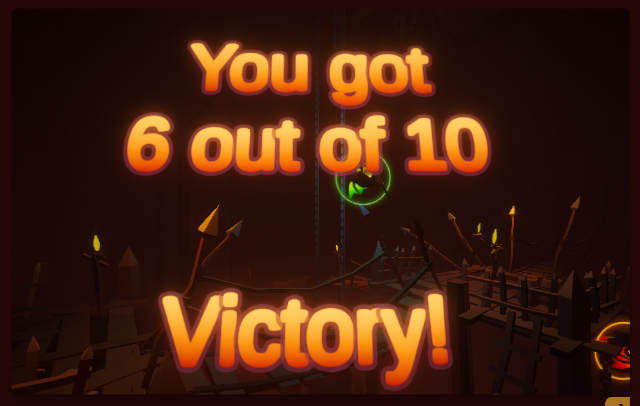... from 2020 an old video with a good Graphics User Interface! I miss some news from the last few years.
Learn more and buy Equator2 here: https://bit.ly/Equator_2.
2D, 3D, game, games, online game, game development, game engine, programming, OpenGL, Open AI, math, graphics, design, graphic, graphics, game development, game engine, programming, web development, web art, web graphic, arts, tutorial, tutorials,

p_m = 1.0-p_m/(p_m+0.1);p_m = 1.0-p_m*10.0/(p_m*10.0+0.1);// this size of line to paint each pixel from screen
const float size = 0.01;
void mainImage( out vec4 fragColor, in vec2 fragCoord )
{
// Normalized pixel coordinates (from 0 to 1)
vec2 uv = fragCoord/iResolution.xy;
// resize uv
uv = uv * 2.0;
// translate normalized pixel coordinates uv from [0,1] to [-1, 1] with
uv = (uv - 1.0);
// get uv.x aspect ratio
uv.x *= iResolution.x / iResolution.y;
// get simple sine
//float t = sin(uv.x);
// get sine * 3 with same size uv will zoom the sine graphic
// see also https://en.wikipedia.org/wiki/Sine_wave
float t = sin(uv.x * 3.0);
// select domain area of sine and drwa yellow color
// else put an blue color on rest
if (uv.y >= t - size && uv.y <= t + size) {
// draw sine
fragColor = vec4(1.0,1.0,0.0,1.0);
} else {
// draw background
fragColor = vec4(0.0,0.0,1.0,1.0);
}
}